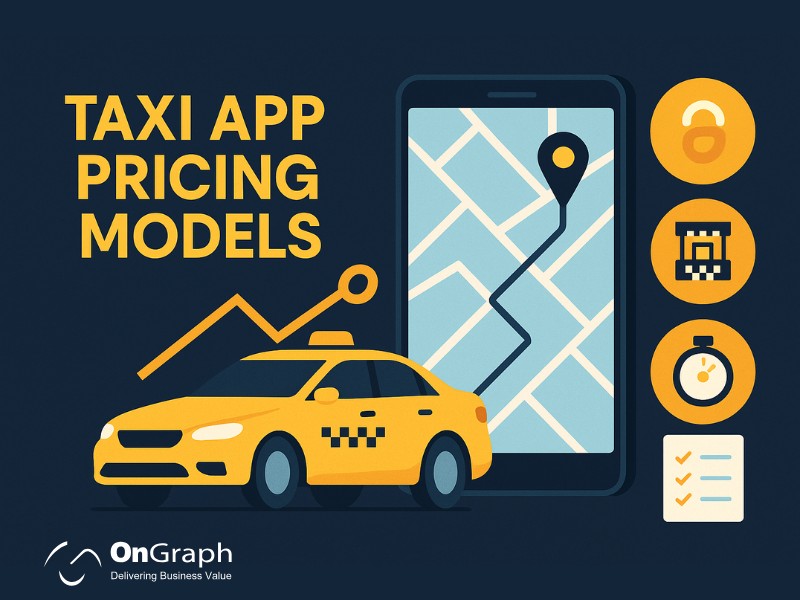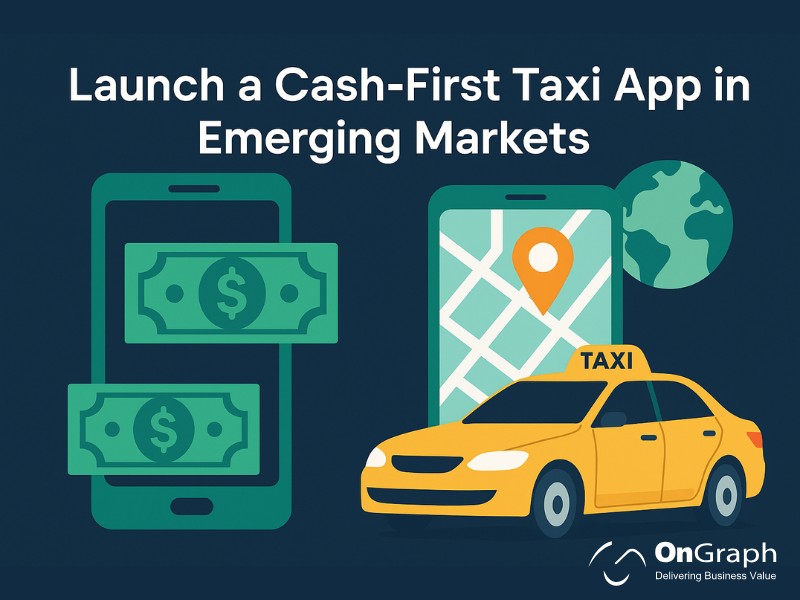In this article
Artificial Intelligence is no longer confined to chatbots and customer service. Today, immersive AI characters for museums and cultural spaces are transforming how audiences engage with art, history, and entertainment.
From interactive exhibits in science museums to AI-powered mascots at music festivals, these digital companions are creating memorable, human-like interactions that spark curiosity and excitement.
In this article, we’ll explore how to build AI characters, the technologies driving them, real-world examples, and the cost considerations.
We’ll also discuss the best Character AI alternatives and platforms available for organizations that want to adopt interactive AI for events.
The Rise of AI Characters in Public Spaces
- According to Statista, the global conversational AI market is projected to grow to $49.9 billion by 2030, with entertainment and education emerging as key sectors.
- A 2024 report from EventMB found that 62% of event organizers are exploring AI technologies to increase visitor engagement.
- Museums worldwide, such as the Smithsonian, have tested interactive AI guides to make exhibitions more appealing to younger, tech-savvy audiences.
This shows how AI-powered public event technology is moving from novelty to necessity, especially as cultural institutions and festivals compete for visitor attention.
Why AI Characters Are a Game-Changer?
1- Immersive Experiences – AI characters act as storytellers, guides, or entertainers that connect emotionally with audiences.
2- Scalability – A single AI system can interact with thousands of visitors daily without fatigue.
3- Accessibility – With multilingual capabilities, AI characters can engage global audiences at museums or festivals.
4- Branding – Organizations can design AI characters that reflect their identity, theme, or cultural mission.
For example, at a European science festival, an AI-powered robot character named Robothespian entertained thousands of visitors by answering questions about space exploration while performing skits on stage.
This blend of education and entertainment represents the future of AI festival entertainment.
How to Build AI Characters for Events?
Building an AI character involves a mix of design, technology, and storytelling. Here’s a step-by-step process:
1. Define the Purpose
- Will your AI character serve as a museum guide, an entertainer, or a festival mascot?
- Example: A natural history museum may design an AI dinosaur that narrates facts about prehistoric life.
2. Choose the Right Platform
Organizations can either build from scratch or use a white label AI companion platform that simplifies deployment. The latter option saves cost and time, allowing you to focus on customizing the personality, voice, and design.
3. Design Personality and Appearance
- Personality traits: curious, funny, authoritative, or educational.
- Avatar design: 2D, 3D, or physical mascots with embedded screens.
4. Integrate Voice and Chat Capabilities
Adding speech synthesis and natural language processing ensures your AI character not only chats but also speaks fluently. Platforms like OpenAI’s Whisper or Google’s Dialogflow enable seamless speech recognition.
5. Deploy Across Devices
Since most events use tablets, kiosks, or projectors, a web-based app ensures compatibility across iOS, Android, and Windows without needing multiple apps.
Top 5 Character AI Alternatives
Character AI is popular for building fictional personas, but it isn’t always secure or customizable for professional environments like museums or festivals. Here are five strong alternatives:
1- Inworld AI – Best for creating characters with advanced emotional depth.
2- Replika Pro – Strong for conversational depth, though more personal than public.
3- OnGraph White Label AI Companion Platform – Customizable, secure, and scalable for enterprises.
4- Botpress – Open-source platform suitable for custom AI experiences.
5- Rasa – Great for developers who want full control of data and training.
Choosing the right alternative depends on your goals—whether entertainment, education, or large-scale deployment.
Case Study: AI in a Museum Exhibit
In 2023, the National Museum of Singapore introduced “Storyteller AI,” a character that guided children through interactive exhibits using voice and visuals.
The result? Visitor engagement increased by 28%, and the museum reported longer average time spent at exhibits.
This demonstrates the real potential of AI characters for museums in making history and art come alive for audiences of all ages.
Cost to Build an App Like Character AI
Budget is a common concern for organizations exploring AI characters. The cost to build an app like Character AI depends on scope:
- Basic AI Character Web App (chat + limited voice) → $5,000 – $8,000
- Custom White Label AI Companion Platform (multi-character CMS, branding, multilingual support) → $8,000 – $15,000
- Advanced AI Characters with AR/VR Integration → $20,000+
Factors influencing cost include:
- Number of characters
- Voice synthesis quality
- Integration with hardware (kiosks, tablets, or inflatable mascots)
- Level of design customization
By using white label solutions, organizations can reduce costs significantly while still ensuring security, branding, and scalability.
Future of AI-Powered Public Event Technology
Looking ahead, we can expect to see:
- AI Festival Entertainment mascots performing live shows.
- AI Museum Guides offering personalized tours in multiple languages.
- Interactive AI for events blending AR and VR to deliver deeper immersion.
- Wider adoption of AI-powered public event technology as costs decline and tools become more accessible.
By 2030, experts predict that over 40% of large-scale cultural events will deploy AI-driven characters to enhance engagement and storytelling.
Conclusion
AI is redefining how we experience culture, history, and entertainment. From AI characters for museums that educate children to interactive mascots at music festivals, these innovations make public spaces more engaging and accessible.
For organizations, the path forward is clear: leverage a white label AI companion platform, explore Character AI alternatives, and invest strategically in interactive technologies.
Whether the goal is education, entertainment, or branding, building AI characters today is an investment in the future of public engagement.
FAQs
AI characters for museums are interactive digital or physical personas powered by artificial intelligence. They can act as guides, storytellers, or entertainers, engaging visitors through voice, text, or visual interactions. These characters enhance visitor experiences by making exhibitions more engaging and memorable.
AI festival entertainment characters combine conversational AI, voice synthesis, and sometimes physical displays (like mascots or screens). Visitors interact via tablets, kiosks, or directly with the character, and the AI responds with personalized, entertaining, or informative dialogue.
The technology stack typically includes:
- Natural Language Processing (NLP) for conversations
- Speech recognition and text-to-speech (TTS) engines
- A Content Management System (CMS) for character personality design
- A web or mobile app for user interaction
Optional hardware, like kiosks, tablets, or external speakers for deployment
Yes. Modern AI-powered public event technology supports multilingual interactions, making it easier for museums and festivals to cater to global visitors. For example, an AI museum guide could explain exhibits in English, Spanish, or French seamlessly.
The cost to build an app like Character AI varies by complexity:
- Basic version: $5,000 – $8,000
- White-label CMS platform: $8,000 – $15,000
Advanced interactive AI with AR/VR: $20,000+
Factors such as design, number of characters, and custom features influence the cost.
Some of the best Character AI alternatives include: Inworld AI, Replika Pro, Botpress, Rasa, and customizable white label AI companion platforms. These alternatives provide better security, branding, and personalization for professional use cases like museums or festivals.
AI characters create immersive, interactive experiences that captivate visitors. For example, a museum AI character might explain an artifact’s history, while a festival AI mascot entertains with jokes and fun facts. Studies show that interactive technologies increase visitor engagement and retention by 25–30%.
About the Author
Let’s Create Something Great Together!
Latest Blog
















